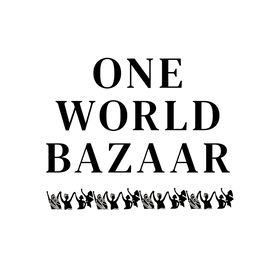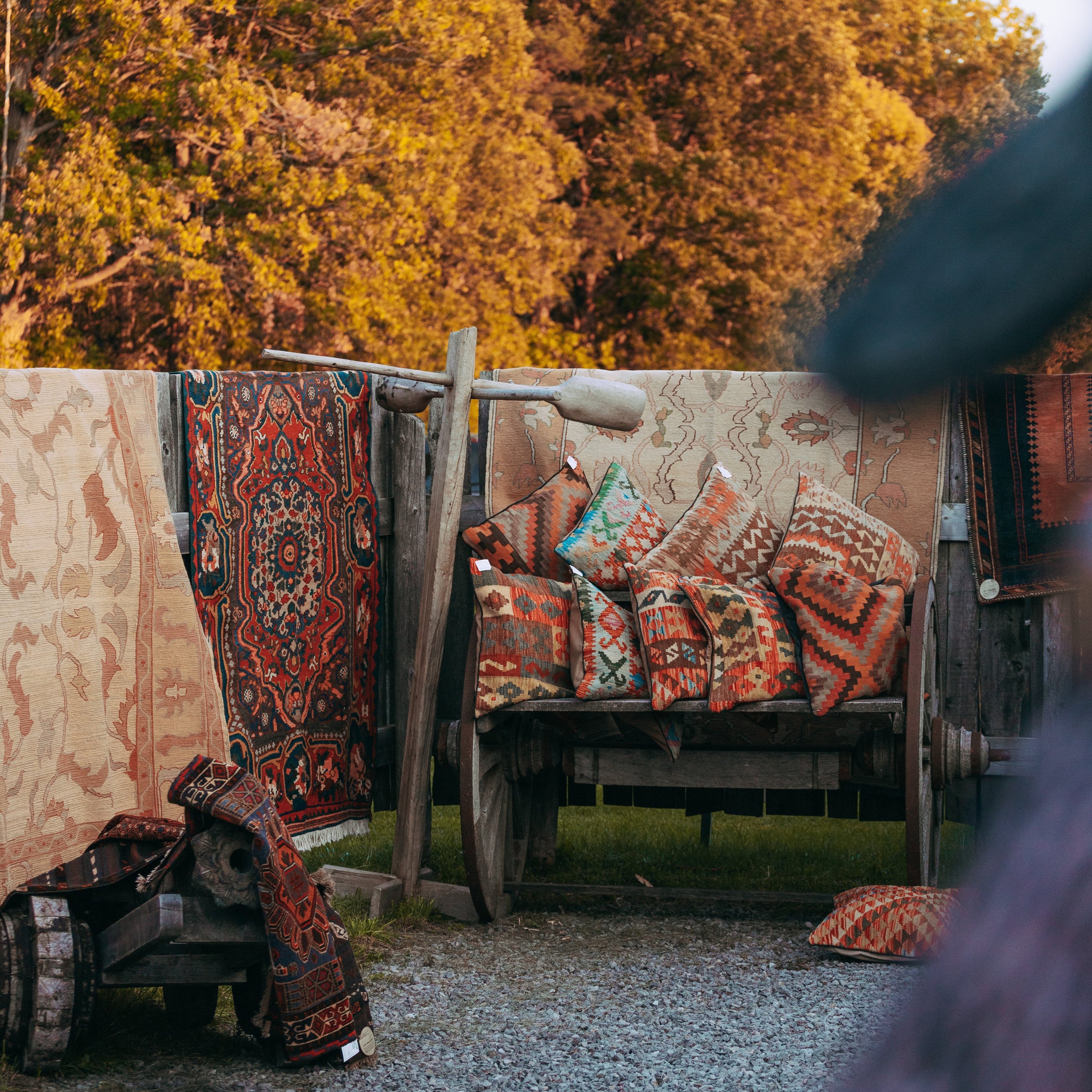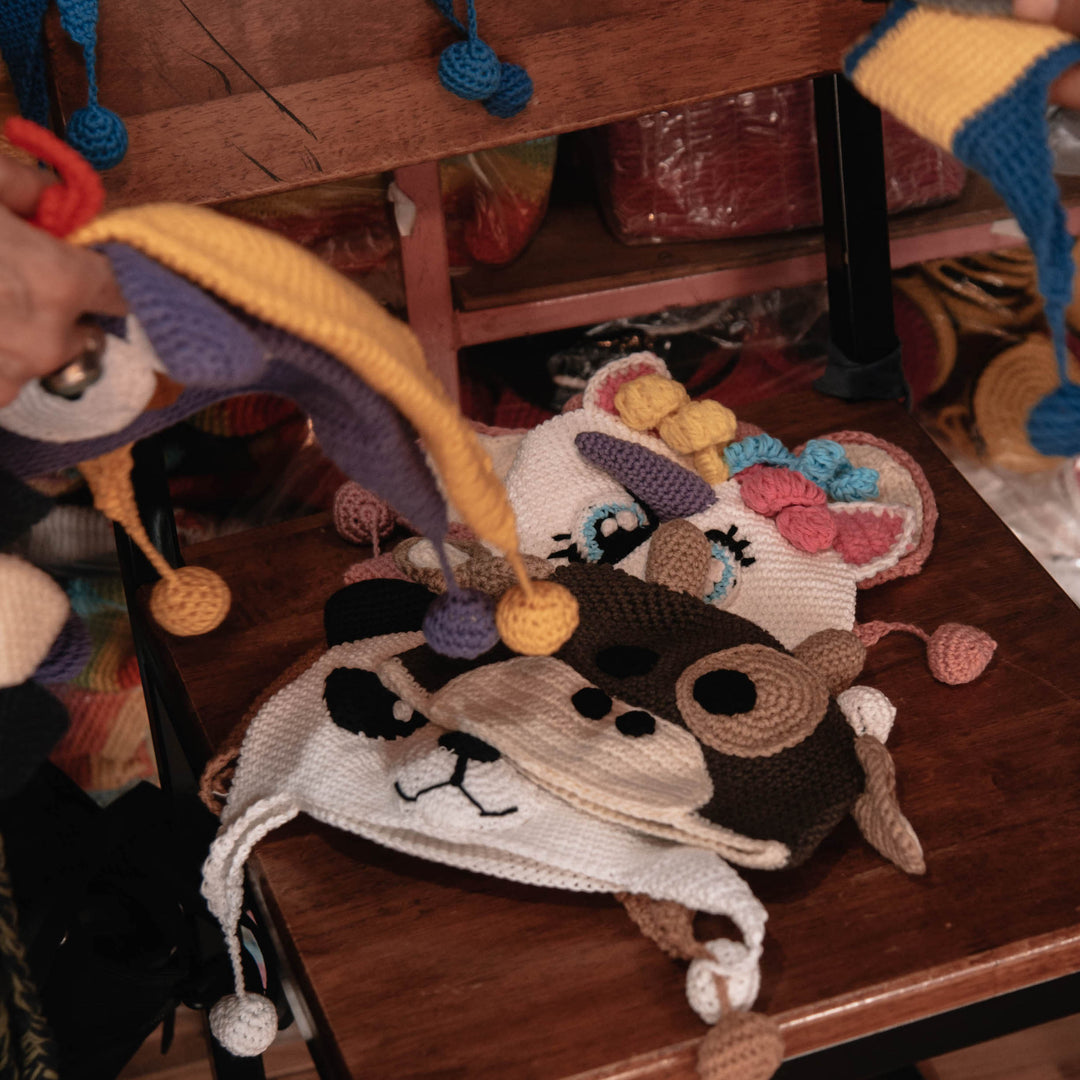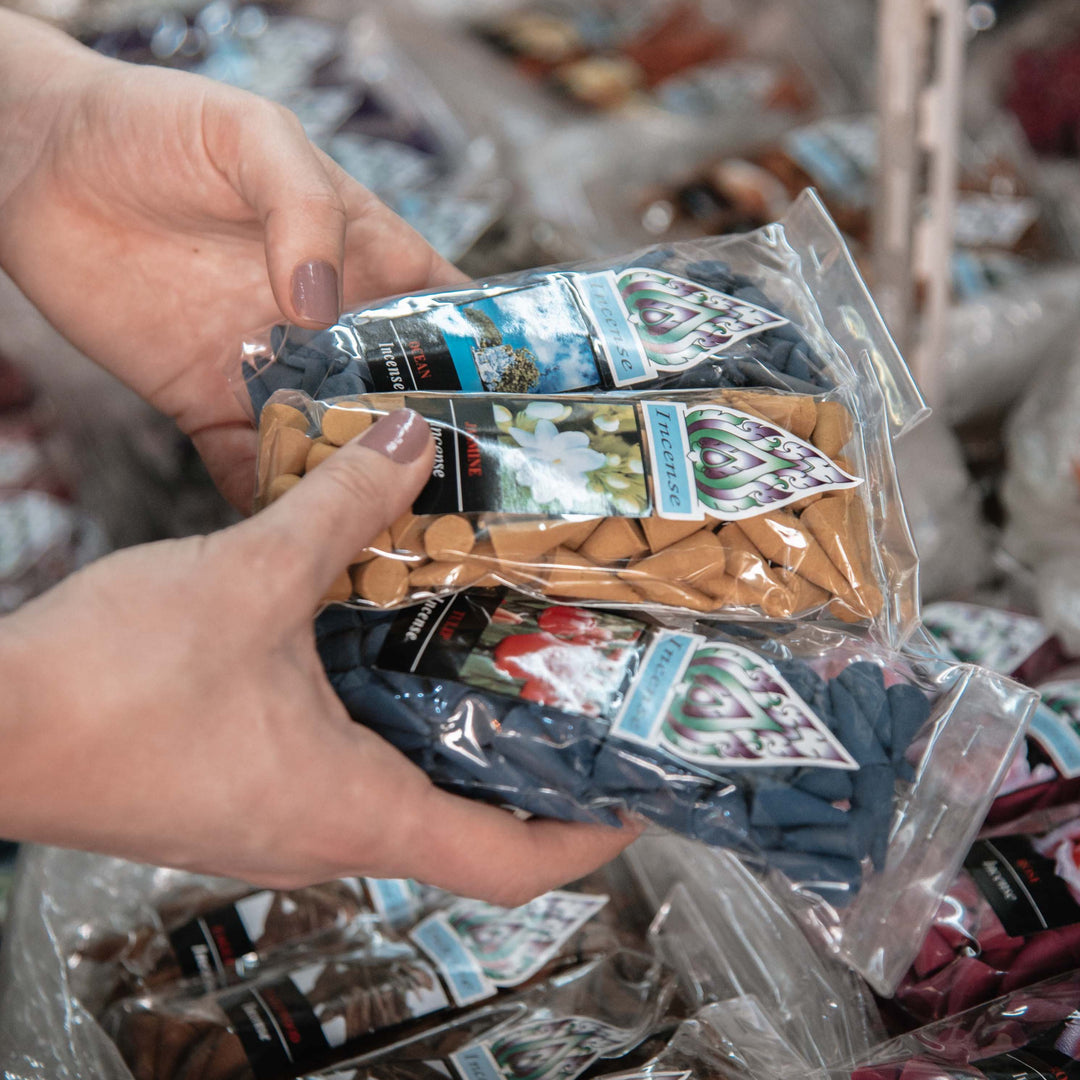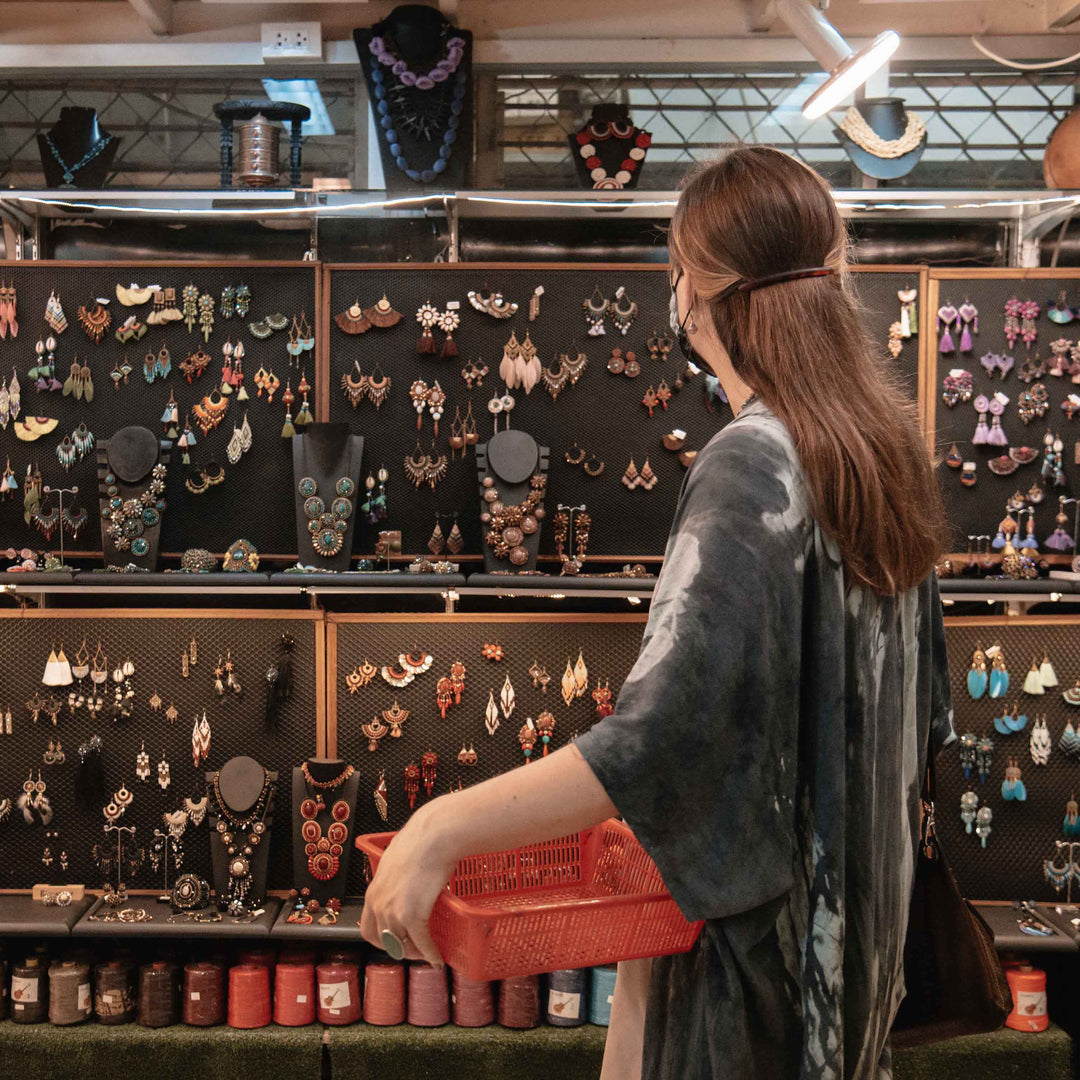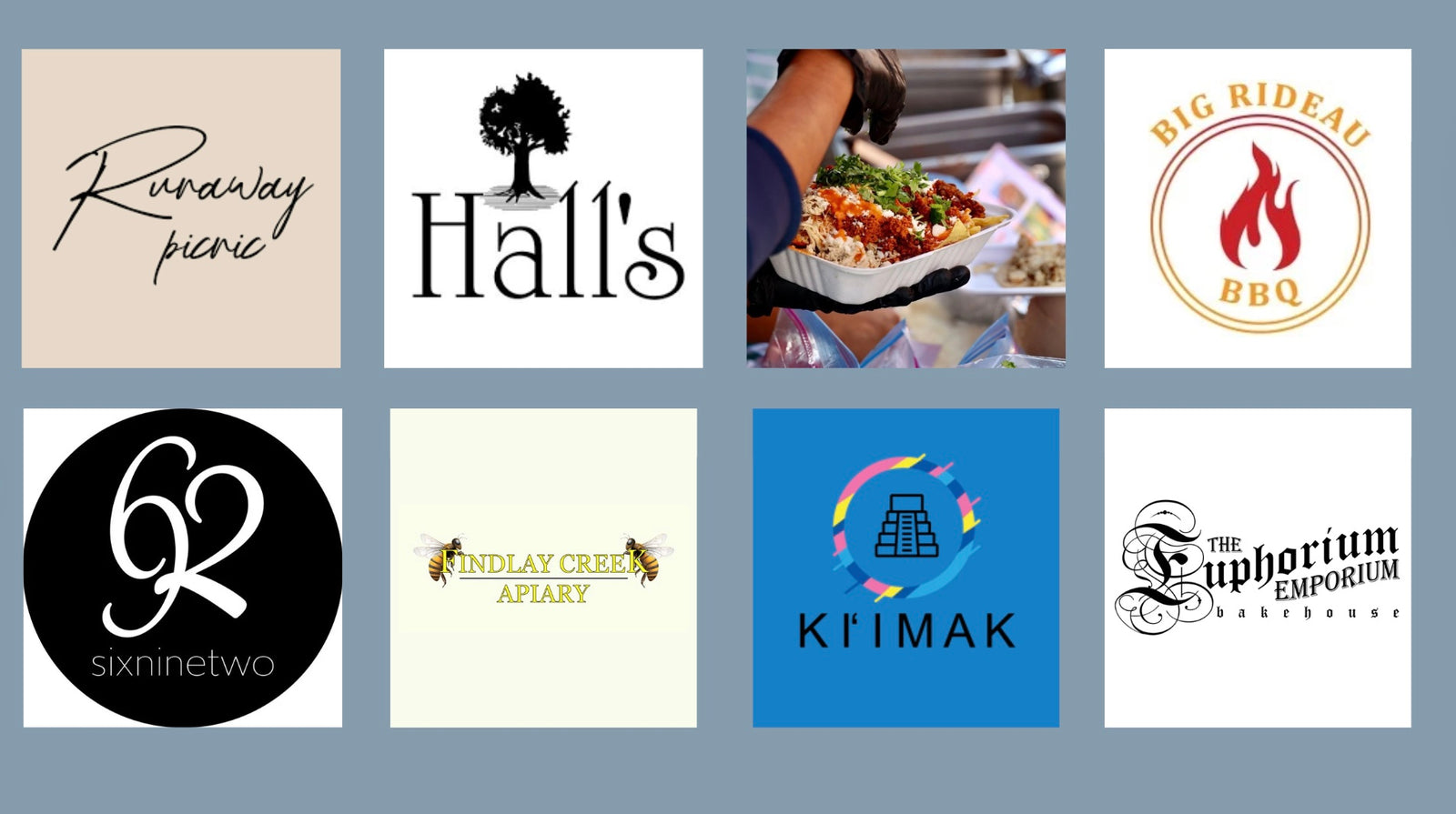Artisans of the Great Rift Valley
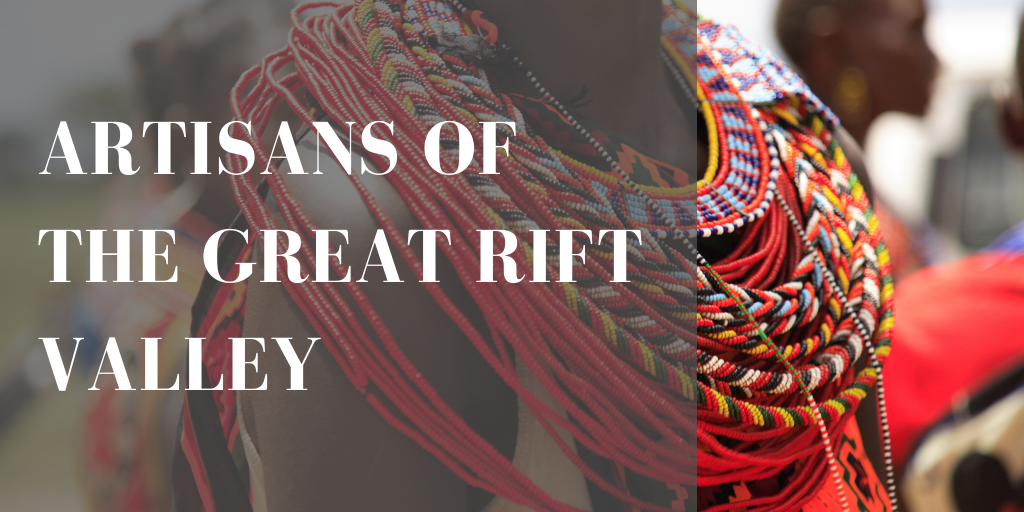
The Great Rift Valley is home to various Kenyan tribes including the Maasai, Samburu, Turkana, Pokot, Kalenjin, and Kikuyu. Each tribe contributes to the artistry and craftsmanship of the region. In this article, we explore more about the Artisans of the Great Rift Valley.
The Maasai
The Maasai are a major cultural identity for Kenya. They are easily identifiable and recognizable by the brightly colored shukas (sheets) and jewelry that both men and women wear. The men carry a round-headed, wooden-curved club known as “rungu” both as a cultural symbol of warrior status and for protection purposes.
The Maasai are believed to be the bravest community in Kenya. As part of their initiation process in the early traditional African culture, the young men being initiated were expected to fight and kill a lion by hand in order to gain warrior status. As such, part of the Maasai’s craftsmanship includes making weapons such as seme (a lion’s sword), spears, sheaths, and shields.
The Maasai are nomadic and semi-nomadic. They herd cattle, goats, and sheep, which they rely on for food and as assets or a form of currency. They use the cattle hides to make sheaths and shields. They also use them to make ribbed leather sword belts and shoes.
The Maasai are engaged in wood carving too. They make wooden carvings that depict their everyday life. For example, they make long sculptures of women carrying baskets on their heads, carvings of the Maasai warrior couples, tribesmen, and even decorative carved utensils such as cooking sticks.
One of the most outstanding Maasai crafts is their jewelry. It features elaborate designs that consist of brightly colored beads, metal disks, and cowrie shells. The beadwork incorporates a red, black and white color triad and complementary colors (blue, yellow, green, and orange).
The most popular Maasai pieces of jewelry are the collars and chokers that were traditionally adorned by women. However, the beadwork is now applied on earrings, bracelets, ankles bracelets, headbands, necklaces, sandals, and belts.
The Kikuyu
The Kikuyu in the Rift Valley are well known for their basket weaving prowess. They hand-make traditional baskets, known as kiondo. Similar baskets are also made by Kamba, Embu, and Meru women, in the Eastern part of Kenya.
The baskets are made from sisal or other indigenous fibers such as banana fibers or fibers harvested from barks of trees. Every step of the weaving process is done manually, including harvesting the fiber, yarning it, dying, and weaving.
The Kalenjin
The Kalenjin are the majority of occupants in the Rift Valley region. The Kalenjin community consists of 11 Nilotic tribes with similar, but in some cases, varying cultures.
Kalenjin women make decorated calabashes from gourds. The calabashes, which are known as sotet, are rubbed with oil and decorated with colored beads. They are commonly used to serve mursik, fermented goat, or cow milk. The gourds were traditionally lined with soot from particular trees to enhance the flavor of the fermented milk.
The artisans of the Great Rift Valley produce a wide range of handicrafts that make great souvenirs or gifts. You can find Kenyan handicrafts in our online shop.

